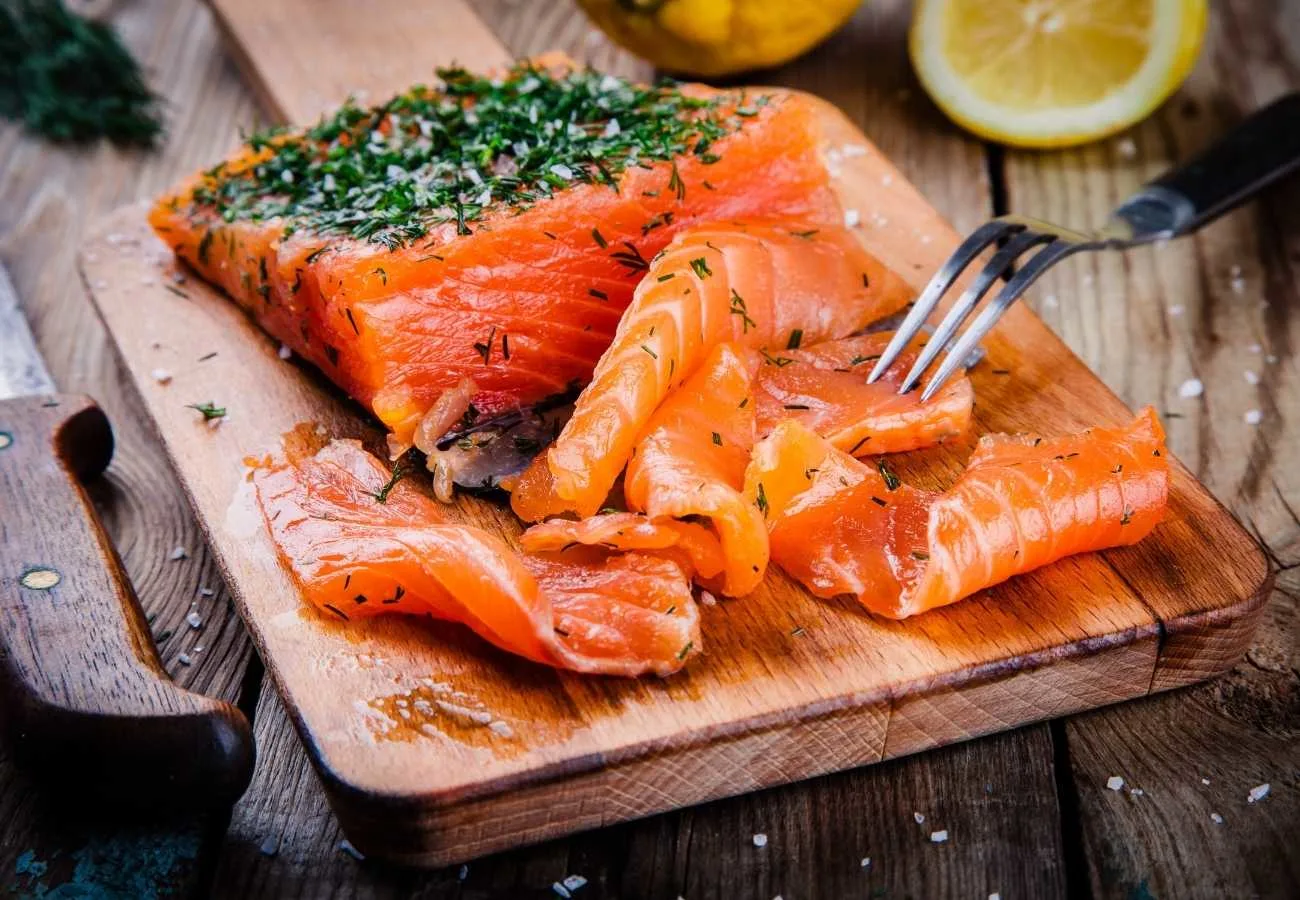Introduction: Danish Cuisine and its Seafood Culture
Danish cuisine is a unique blend of traditional Nordic and European influences, with an emphasis on simple, hearty dishes made from local and seasonal ingredients. One of the most significant aspects of Danish cuisine is its seafood culture, owing to its location on the Baltic and North Seas, which provide an abundance of fresh seafood. The Danes have a long history of fishing and seafaring, dating back to the Viking age, and seafood continues to play a prominent role in their culinary traditions.
The Significance of Seafood in Danish Cuisine
Seafood is a staple in Danish cuisine and is incorporated into a wide range of dishes, from simple seafood salads to elaborate smørrebrød (open-faced sandwiches). Fish, in particular, is a vital source of protein in the Danish diet, and the Danes are known for their love of herring, which is often pickled and served in a variety of ways. Seafood also plays a significant role in Danish festive occasions, such as Christmas and Easter, where it is served in a variety of traditional dishes.
The Types of Seafood Used in Danish Cuisine
Denmark’s location on the Baltic and North Seas gives it access to a diverse range of seafood, including cod, herring, salmon, lobster, shrimp, and mussels. Herring is perhaps the most popular seafood in Danish cuisine, and it is served in a variety of ways, such as herring salad, smoked herring, and pickled herring. Salmon is also a popular choice and is often smoked or cured to create gravlax. Shellfish, such as lobster and mussels, are also commonly used in Danish dishes.
Popular Seafood Dishes in Danish Cuisine
Danish cuisine offers many delicious seafood dishes, including fish cakes (fiskefrikadeller), fish soups (fiskesuppe), smoked salmon (røget laks), and pickled herring (sild). One of the most famous Danish dishes is the smørrebrød, which is an open-faced sandwich that usually includes a variety of toppings, including seafood such as shrimp, herring, and smoked salmon. Other popular seafood dishes include fish and chips (fiskefilet og pomfritter), fish stew (fiskegryde), and boiled lobster (dampet hummer).
The Role of Seafood in Danish Festive Occasions
Seafood plays a significant role in Danish festive occasions, particularly in Christmas and Easter celebrations. On Christmas Eve, it is traditional to serve a festive meal that includes a variety of seafood dishes, such as pickled herring, smoked salmon, and boiled cod. On Easter, it is common to serve a dish called “skidne æg,” which consists of boiled eggs served with various condiments, including pickled herring.
The Importance of Sustainable Fishing in Denmark
Denmark is committed to sustainable fishing practices, with strict regulations in place to ensure that fish stocks are not depleted. The Danish fishing industry has implemented measures to reduce bycatch and protect endangered species, and many Danish fishermen have embraced new technologies and techniques to ensure that they are fishing sustainably. This commitment to sustainable fishing ensures that Denmark’s seafood industry will remain healthy for generations to come.
Seafood Markets in Denmark: A Culinary Tourist’s Delight
Denmark’s seafood markets are a culinary tourist’s delight, offering a range of fresh seafood, from lobster and crab to shrimp and mussels. One of the most famous seafood markets in Denmark is the Fish Market in Copenhagen, which has been in operation since 1874. Here, visitors can sample fresh seafood and purchase a variety of fish and shellfish to take home. Other popular seafood markets in Denmark include the Bornholm Fish Auction and the Aarhus Fish Market.
Conclusion: The Unwavering Connection between Danish Cuisine and Seafood
Seafood plays a vital role in Danish cuisine, offering a range of flavors and textures that are central to the country’s culinary traditions. From pickled herring to boiled lobster, Danish seafood dishes are diverse, flavorful, and reflect the country’s long history of seafaring and fishing. Denmark’s commitment to sustainable fishing practices ensures that its seafood industry will remain robust, providing a rich culinary tradition for generations to come.

